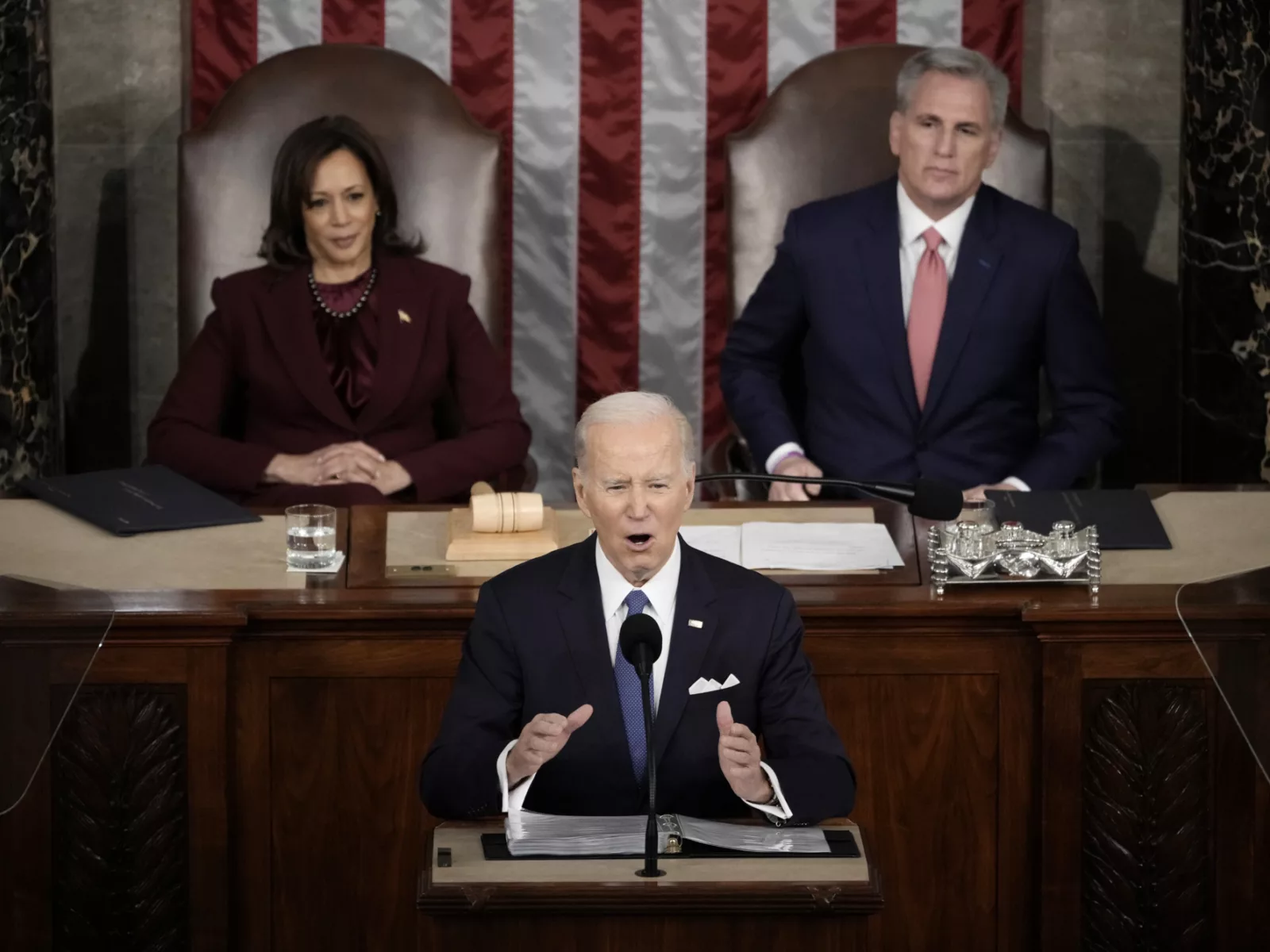The rollout of historic reforms to lower drug prices is fully underway in 2023. Passed as part of a broader legislative package President Biden signed into law in August, these reforms will lower the cost of prescriptions for millions of Americans and enjoy strong bipartisan support from voters. The recently passed reforms will come into effect over an extended timeline, and it is critical that these reforms be implemented properly.
To see where the reform work stands, view this implementation timeline below by the Kaiser Family Foundation.

These evidence-based changes include: (1) penalties imposed on drug companies that raise prices faster than the rate of inflation, (2) $2,000 out-of-pocket spending cap for Medicare Part D beneficiaries, and (3) the ability for Medicare to negotiate the price of certain high-cost medications that have been on the market for years without competition.
While this is a strong start, there are other aspects of the U.S. drug pricing system that Congress must urgently address. Those include reforming a patent system vulnerable to gaming by drug companies and correcting other distortions throughout the drug market that lead to higher prescription drug prices.
Related: Read AV’s Drug Pricing Fact Sheet



















